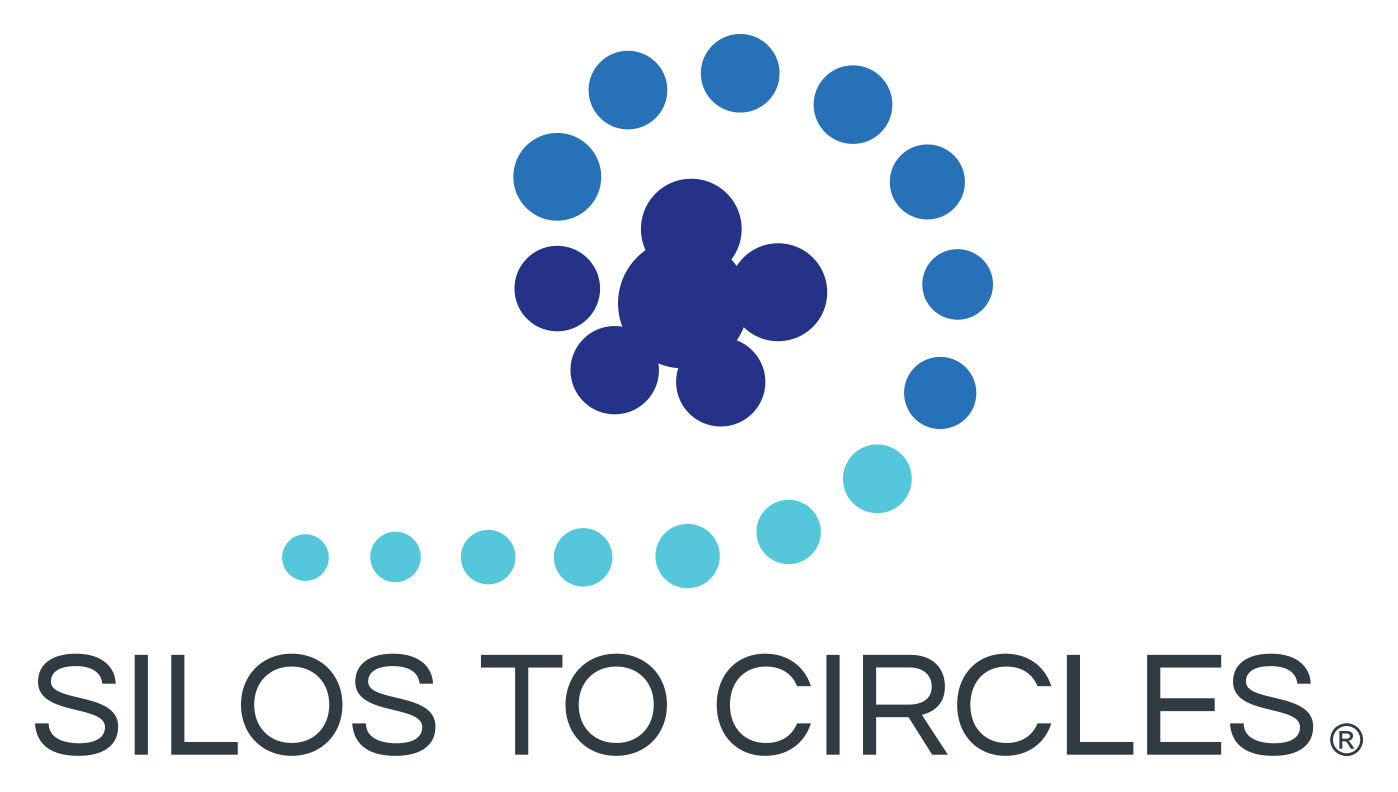connect providers and professionals
A well connected infrastructure of aging supports begins with strong connections between providers. Navigation and referral functions happen informally all the time, and rely on resourced, educated service providers to get the right information to older adults and their families.
Connect Action Step 1: Expand Local Relationships.
Bring aging service providers together on an ongoing basis to foster deeper relationships and awareness within your provider community. In each pilot, teams were surprised at how many resources were available that were unknown by most people.
Tools:
Example of a Coalition Member List (click to download)
What We’ve Learned:
- Host regular provider network meetings – monthly or every 2 months has proven to work well at a consistent site.
- Use meetings to network and highlight coalition member services, e.g. one provider presents his/her organization’s array of services at each networking meeting to educate other area providers.
- Pilots found that creating an informed, connected network of aging services providers is as important as providing a navigation service.
- Involve local government agencies—city, county, or regional—who can help with technical logistics (like enrollment for events) and foster sustainability through deep partnerships. For example, Chisago Age Well partners with the local school district’s Community Education program to publicize their community events and to take registrations. In Moorhead, the Clay County Age Well group is working with the City of Moorhead’s museum and senior center coordinator to organize their interactive video learning sessions.
Connect Action Step 2: Educate Providers on Local Resources
Conduct educational presentations and outreach at community organizations to increase provider and professional awareness of local resources.
Tools:
What We’ve Learned:
- Train Volunteer Community Connectors to work with local organizations.
- Community Connectors can forge new connections, distribute information, provide educational presentations, and plan events.
- Develop a standard PowerPoint for informational presentations on locally available aging resources.
- Healthcare providers are a critical contact for referral and navigation. Some pilot communities hosted resource expos or educational events at local health care centers on aging issues like long-term care options, home care options, dementia care, etc.
Connect Action Step 3: Provide Rich Resources
Make local resource information easily available for all service providers, either in printed “quick reference” guides or online.
Tools:
Links to Crosby and Clay County Websites
What We’ve Learned:
- Develop a “Quick Reference Guide” that can be widely distributed and used easily by service professionals, healthcare providers, first responders, clergy, and others in the community who are frequently asked to help navigate older adults.
- Example categories of resources to consider:
- Giving Back & Volunteering
- Health Care & Wellness
- Health Insurance Questions
- Help Staying at Home
- Lifelong Learning
- Need a Ride?
- Things to Do
- Food & Nutrition
- Time to Move?
- Senior LinkAge Line
- Planning for the Future
- Caring for Yourself While Caregiving
- Create a local website.
* See more about building a local resource website in the Equip the Community section.




